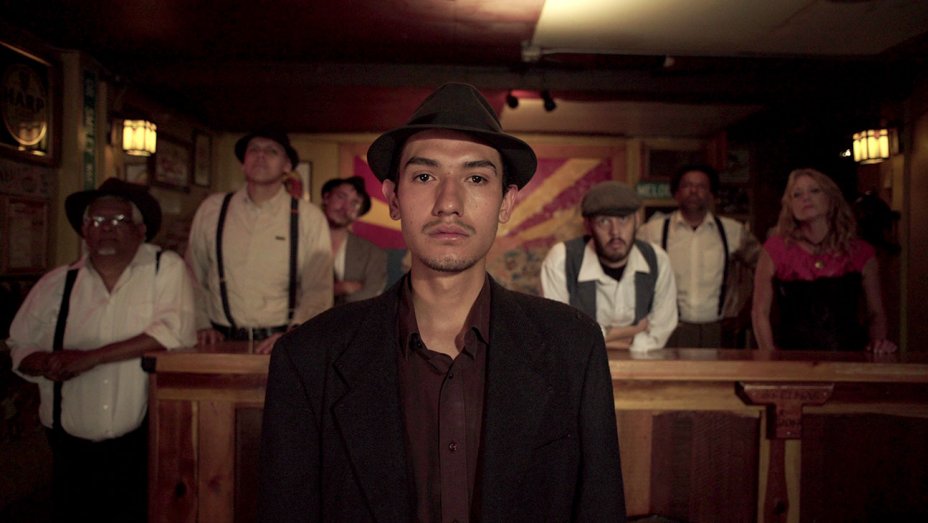As the saying goes, history is written by the victors. When it comes to remembering the past, some events are more readily forgotten than others. Guilt and embarrassment can lead to atrocities being buried or approached from the standpoint of denial. Whilst there’s often a call to ‘move on’ or ‘forget the past’, this normally comes from the perpetrators. As Bisbee ’17 demonstrates, it’s always best to get things out in the open and confront difficult subjects.
Bisbee is a city with a rich and vibrant past. During the late 19th century its reserves of gold, copper and silver turned it into a bustling mining town. The population soared at the turn of the century and open-mining was introduced in 1917 to meet the copper demand of World War I. The same year marks the blackest period in the city’s history. In an attempt to avoid unionisation, the Phelps Dodge Corporation marched over 1000 striking miners, mostly immigrants, to New Mexico and left them for dead.
Robert Greene has built up a formidable reputation for making films focusing on the act of being human or the human in the acting. In Bisbee ’17 he uses the centenary to re-enact events with the local community. In doing so he brings the residents together, from both sides of the divide, to remember a tragic part of the past and see how it correlated with the present. It’s a unique and unusual way to approach the issue but it works. Bisbee ’17 is a thoughtful and sprawling documentary about facing up to the past by walking in the shadow of history.
Bisbee ’17 screens at London Film Festival on 17 October.














No Comment